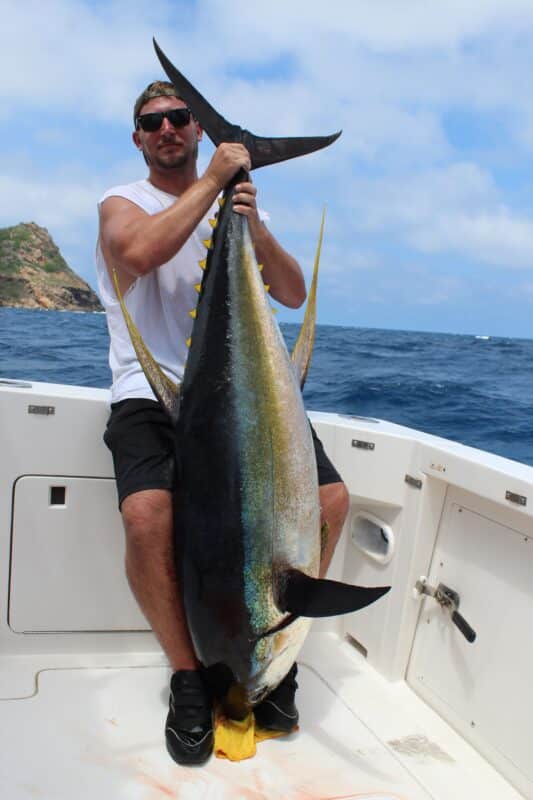Fish Talk, Lure Talk, Rigging Talk
Tuna can Be Picky
Tuna can be picky eaters for several reasons, including:
- Sensitivity to bait movement: Tuna have excellent eyesight and can detect even the slightest movement of bait in the water. They are attracted to bait that appears natural and is moving in a way that mimics live prey. If the bait is not moving in a natural way, tuna may not be interested in it.
- Seasonal food preferences: Tuna have seasonal food preferences and may be more interested in certain types of prey during specific times of the year. For example, they may prefer squid in the summer months and mackerel in the fall. If the bait you are using does not match their current food preferences, they may not be interested.
- Water temperature: Tuna are cold-blooded and their metabolism is affected by the water temperature. When the water is too cold, they may not be as active and may not be as interested in feeding. Conversely, when the water is too warm, they may be more selective about their prey and may only feed on certain types of bait.
- Competition for food: Tuna are often found in schools and may be competing with each other for food. In these situations, they may be more selective about what they eat and may only go after the most attractive or natural-looking bait.
To increase your chances of catching tuna, it’s important to use bait that is moving in a natural way and matches their current food preferences. It’s also a good idea to vary your bait and presentation to see what the tuna are most interested in. Additionally, fishing at the right time of day and in the right water temperature can also increase your chances of success.
Photo Courtesy of Marlas Sportfishing

